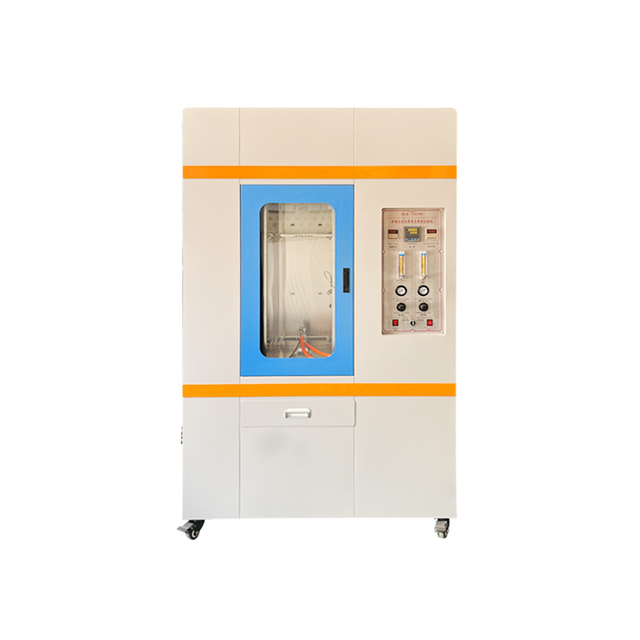custom conductor resistance test
Custom Conductor Resistance Testing Ensuring Optimal Performance in Electrical Systems
In the realm of electrical engineering, the performance and reliability of circuits hinge significantly on the characteristics of conductors used within those systems. One of the critical metrics that engineers and technicians often measure is the resistance of conductors. Custom conductor resistance testing is a specialized procedure designed to assess the resistance characteristics of various electrical conductors under specific conditions that reflect their intended application. This article explores the importance, methods, and standards involved in conducting these tests.
The Importance of Conductor Resistance Testing
Conductors, whether they are copper, aluminum, or other materials, are fundamental components in electrical systems. The resistance of a conductor influences the overall efficiency of the electrical circuit. High resistance can lead to energy losses in the form of heat, ultimately reducing the system's performance and lifespan. Custom resistance testing ensures that conductors can handle the required current loads without significant voltage drops while maintaining safety standards.
Moreover, testing assists in identifying potential issues, such as corrosion or damage, that could compromise the integrity of the conductor. By implementing regular resistance testing, companies can enhance their preventive maintenance programs, ensuring reliability and reducing the likelihood of unexpected failures in electrical systems.
Methods of Custom Conductor Resistance Testing
Custom conductor resistance testing may involve several methodologies depending on the application requirements and the type of conductors being tested. The most common methods include
1. Four-Wire (Kelvin) Test This method utilizes four separate leads to eliminate the effects of lead resistance. Two leads supply current to the conductor while the other two measure the voltage drop across the conductor. This approach is particularly effective for low-resistance measurements, minimizing errors and ensuring accuracy.
custom conductor resistance test

2. Wheatstone Bridge Method Historically significant for its precision, this method balances an unknown resistance against known values, allowing for accurate resistance determination. While less frequently used for modern custom testing, it's still relevant in laboratory settings.
3. Digital Resistance Meters Many engineers today employ advanced digital meters designed for resistance measurement in electrical conductors. These devices often feature automated processes and data logging, making them efficient tools for conducting tests without extensive manual calculations.
4. Temperature Corrections Conductors' resistance can change with temperature, necessitating adjustments during testing. Engineers often employ methods to measure resistance at standard conditions, typically at 20°C, to ensure consistency and reliability of results.
Standards and Compliance
Various industry standards govern conductor resistance testing, ensuring that tests are performed consistently and results are reliable. Organizations such as the Institute of Electrical and Electronics Engineers (IEEE), the International Electrotechnical Commission (IEC), and Underwriters Laboratories (UL) provide guidelines that help define acceptable resistance values for different conductor types. Meeting these standards is crucial for compliance, particularly in applications involving public safety or critical infrastructure.
Conclusion
Custom conductor resistance testing serves as a vital tool in maintaining the integrity and efficiency of electrical systems. By employing proper testing methods, engineers can accurately measure resistance, ensure compliance with industry standards, and identify potential issues before they escalate. As electrical applications continue to expand and evolve, the importance of reliable conductors cannot be overstated. Proper resistance testing not only affirms the quality of these components but also reinforces the safety and performance of electrical systems that power our world. By prioritizing these tests, companies can enhance operational efficiency and contribute to the drive toward more sustainable energy solutions.
-
The Role of Tensile Force Testers in Quality Control and Material Science
NewsAug.01,2025
-
Maintenance and Safety Tips for Aging Ovens
NewsAug.01,2025
-
Density Balance in Forensic Science
NewsAug.01,2025
-
Advanced Optical Measurement Technologies
NewsAug.01,2025
-
A Buyer’s Guide to Tensile Test Machines
NewsAug.01,2025
-
Why the Conductor Resistance Constant Temperature Measurement Machine Redefines Precision
NewsJun.20,2025
 Copyright © 2025 Hebei Fangyuan Instrument & Equipment Co.,Ltd. All Rights Reserved. Sitemap | Privacy Policy
Copyright © 2025 Hebei Fangyuan Instrument & Equipment Co.,Ltd. All Rights Reserved. Sitemap | Privacy Policy

